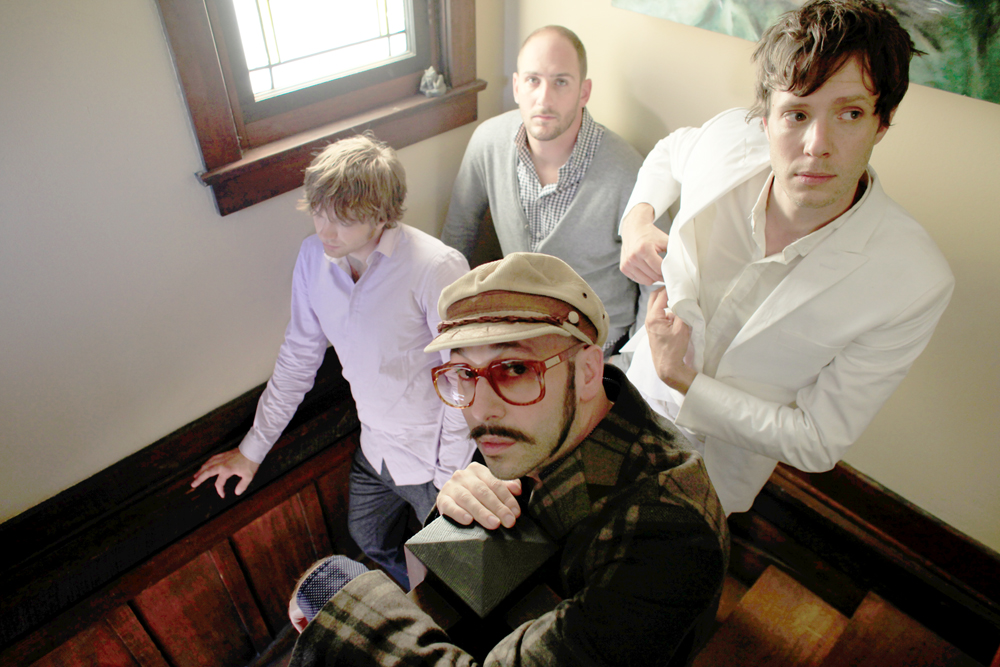About the Vanguard
Publishing
The tabloid format newspaper has a circulation of 5,000, and is distributed for free in the Portland State campus area. It publishes Tuesday through Friday during the academic year, and once a week during the summer. The newspaper’s approximately $300,000 annual operating budget is funded in part through student fees and in part through advertising revenue.
The Portland State Student Publications Board, which consists of four students, four faculty members, and one community member, acts as the Vanguard’s publishing body. The board hires the newspaper’s editor each year, and the remainder of the staff is hired by the editor. Editors serve a one year term from June to June.
Staff
The Vanguard is entirely student run, employing about 60 paid student writers, photographers, graphic designers and editors. The newspaper and its staff have won several collegiate journalism awards, including the Oregon Newspaper Publishers Association General Excellence Award and the Columbia Scholastic Press Association Gold Circle Award.
The current editor-in-chief is Sarah J. Christensen. The Vanguard’s advisor is Judson Randall, a former editor at The Oregonian.
History
Established in 1946, the Vanguard was originally the newspaper of the Vanport College Extension in Vanport, Oregon, from which the Vanguard name is derived. The Vanport College Extension relocated to downtown Portland, Oregon after it was destroyed by a flood on May 30, 1948, and eventually became Portland State University.
The first issue was published November 16, 1946, under the nameplate “Vet’s Extended”. The name was changed to “Vanguard” beginning January 14, 1947.
On May 19, 1967, the Vanguard published a nude photograph of beat poet Allen Ginsberg on its front page. The photo prompted college President Branford P. Millar to order that publication of the newspaper be suspended on May 24, 1967, calling the Ginsberg photo “vulgar.” The Vanguard published the following Wednesday, May 31, 1967, as the “independent” Vanguard. The cost of publication was covered by donations from faculty members.



